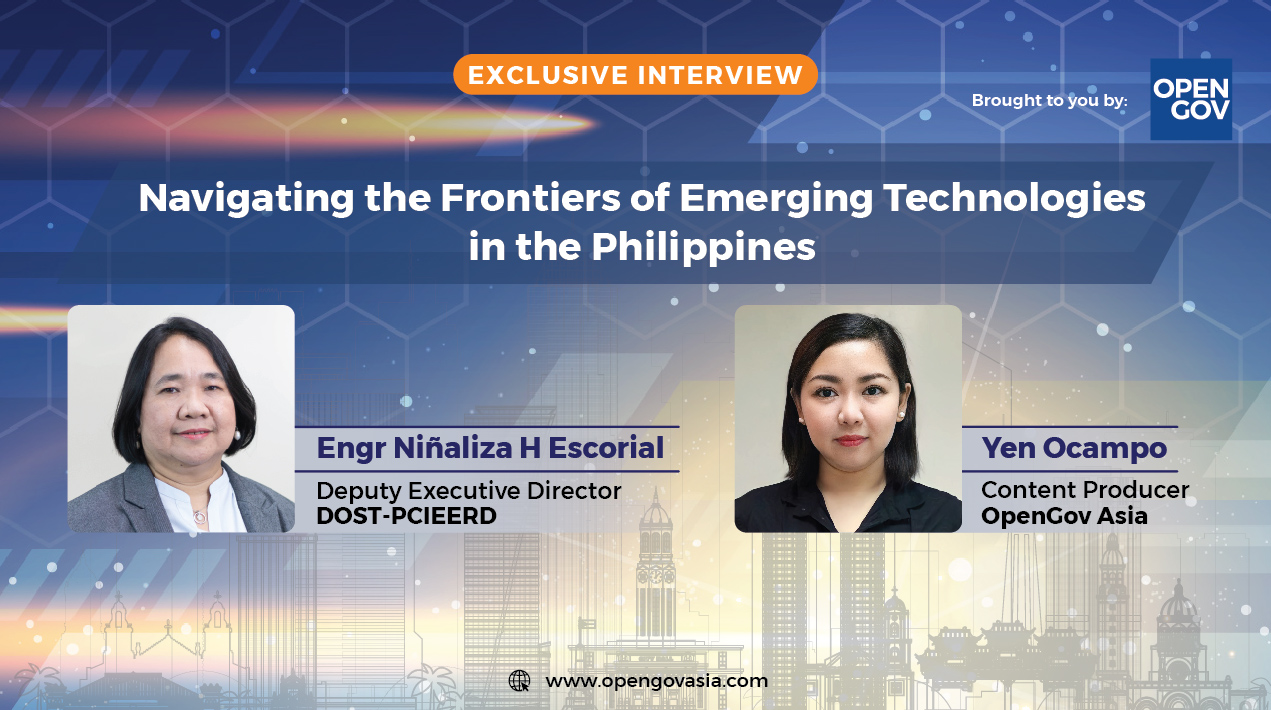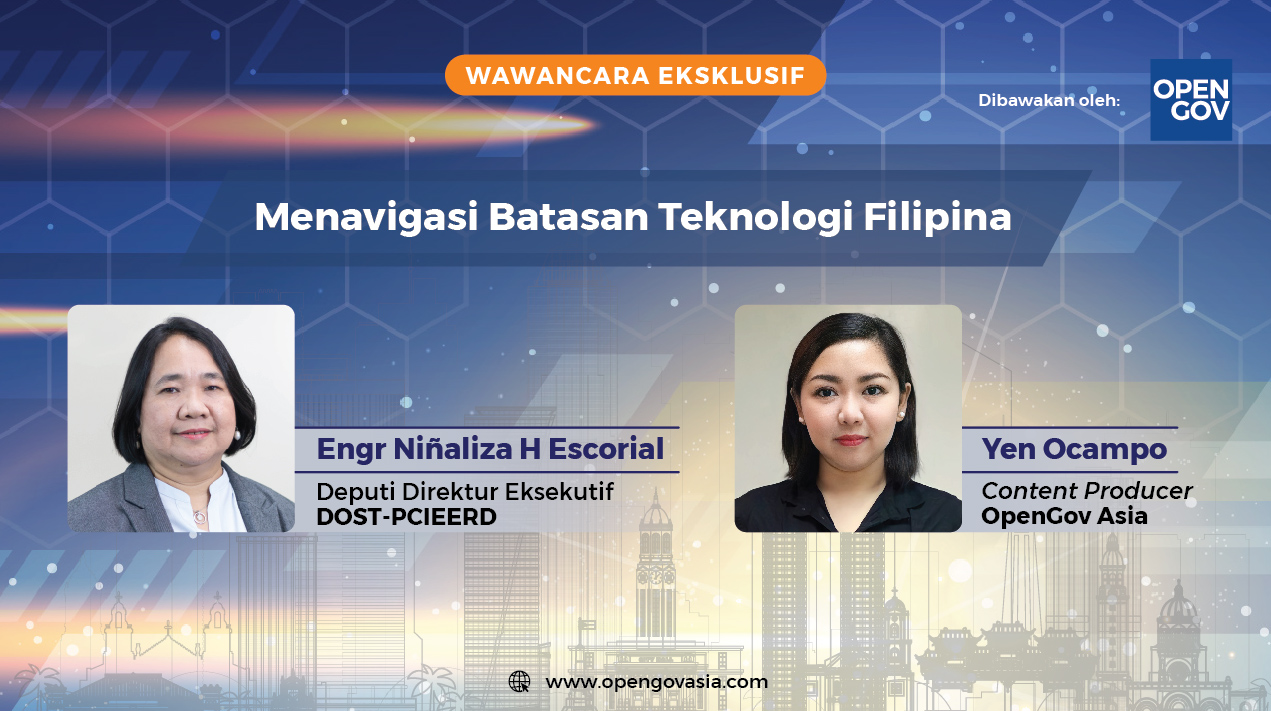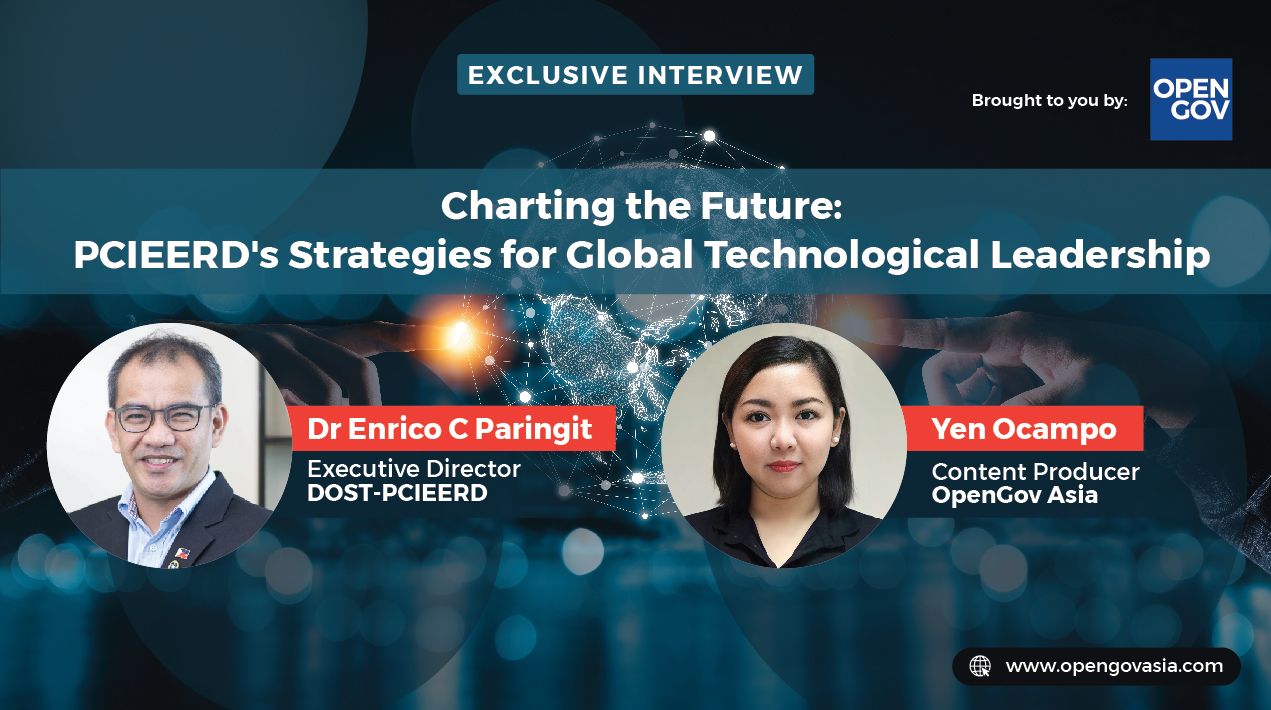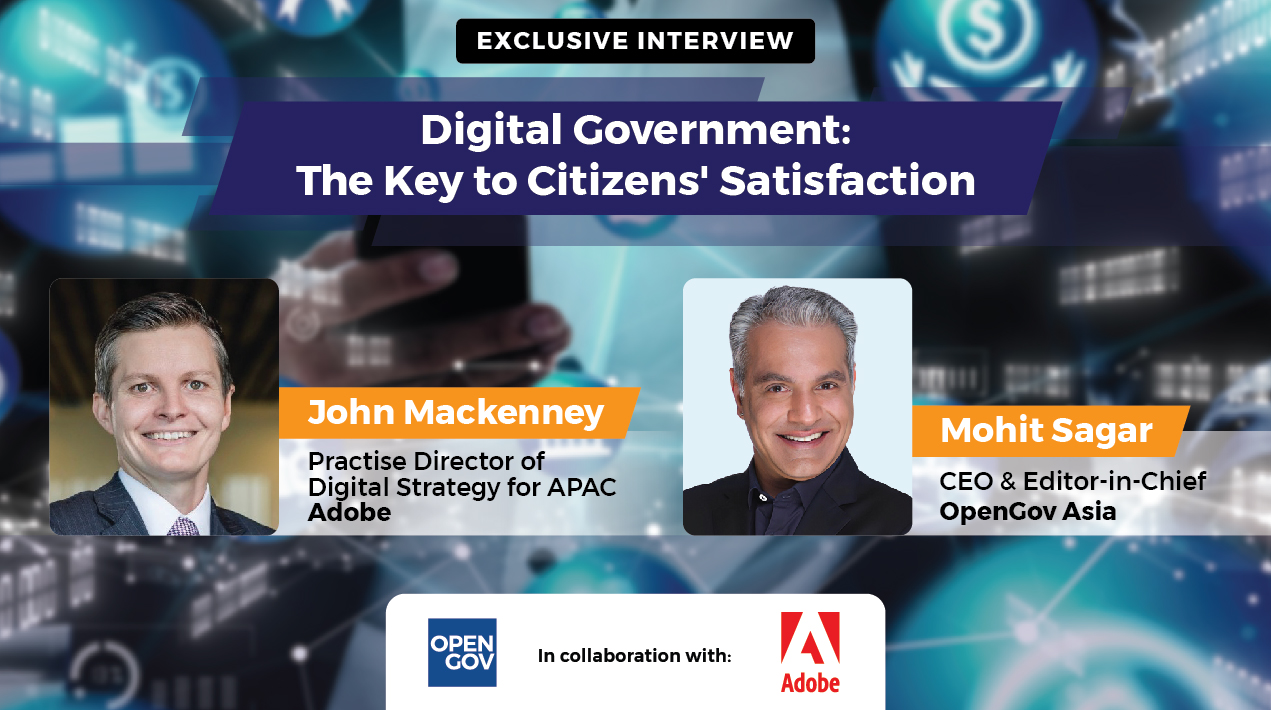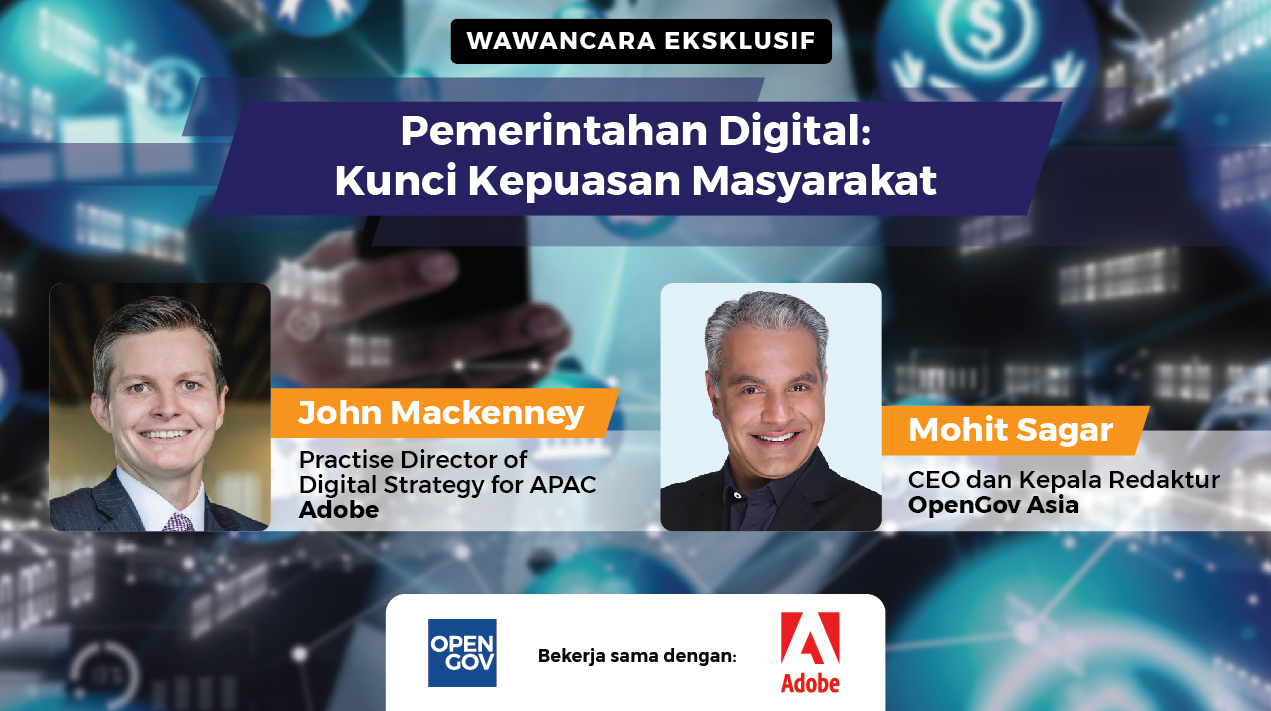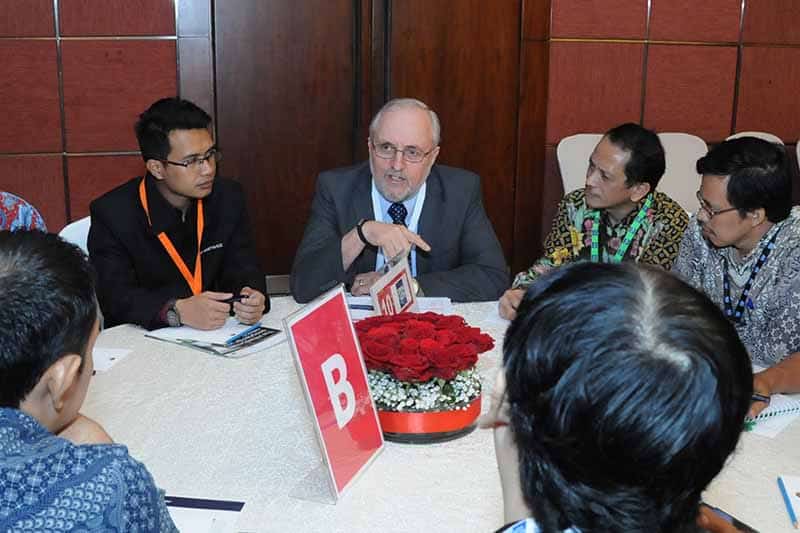
What is Knowledge Management? How does it relate to me in my job? Is it one thing or many things? Is it just another way of marketing technology? Is it worth pursuing and if it is, where do I start?
Common sense tells you that you don’t fix something unless it is broken. Another way of saying that is, find the problem first then apply a solution. Information technology has a tendency to be sold into situations where the problem has not been fully understood with the result that it does not meet people’s expectations. People lose confidence in the technology.
So what is the problem that Knowledge Management is trying to address?
Our agencies and departments are filled with purpose. We follow processes and procedures to provide our governments and our citizens with information and services. Our processes and procedures are often built quickly and under pressure to meet a specific social or political purpose at particular time.
Our staff design, build and follow those procedures and processes and their dedication keeps them running like clockwork for years. We believe we are being efficient when we do the same thing in the same way year after year. Sometimes the original purpose shifts a little over time. As time goes by, our efficient processes rust – they get out of date – the original efficiency declines and then we end up doing things over and over that are simply not as useful anymore.
We drift into doing ‘dumb stuff’ because the focus and purpose have shifted and changed. It wasn’t dumb originally – it just became dumb over time. Our citizens ‘see’ the dumb stuff and their dissatisfaction grows with the poor quality of our services.
Concepts like “knowledge management”, “building learning organisations”, developing data driven organisations and encouraging data centric decision making have been developed to try and overcome the natural inertia of our business processes.
It often takes a lot of work to build processes that work. Getting things to work takes enormous effort and focus – it is a painful process and we remember just how complex and involved that process building was. Over time, we forget why the particular steps in the process were introduced anyway but we know there was a reason even if we have forgotten what it was. That inertia constitutes a resistance to change that is based on an innate wisdom that recognizes the risks of unintended consequences. You never know what will go wrong if you fiddle with things that work.
Changing processes involves risk, disruption and pain. No-one looks for opportunities to undergo the pain of change. But if an organization doesn’t change, it is not learning and adapting.
Finding the ‘dumb’ stuff and getting rid of it, is the essence of learning and adapting your agency and department. It is not easy to do. You have to understand why you are doing what you are doing – you have to know the purpose and objectives of the processes. You have to understand how your citizens are reacting to your processes and you have to hear how your citizens feel about your processes. You have to re-learn why you set up the processes originally and then work through what you want to do now. Then you have to re-establish the procedures and processes in a better way.
But, how do you know it is going to be better? You have to measure what you are doing and you have to know what to measure.
All this analysis and thinking cannot be done by technology. You have to do it in your own work context. You own the ‘problem’. You are responsible for your own learning.
Sometimes, other people’s solutions can help. The information technology solutions they have developed can sometimes solve your problems too. But your economies have to be able to support those introduced technologies. Is the electrical grid reliable? Do you have access to reliable internet? What do you do when power and data circuits are not strong enough?
So, often we have to work with paper based processes that don’t need electricity, computers or software. People can follow the procedures and get the processes completed using manual people labour. It works and you don’t have to rely on electricity, computers, software and all the overheads that comes with technology. If an economy has weak infrastructure, you have to use paper based processes because you cannot depend on the technology to always be there.
Does that mean you have to put up with the ‘dumb stuff’? Of course not but it does make it harder to measure what is happening because everything has to be done by human hand.
The information and knowledge of your organization is trapped within the piles of paper – it becomes much harder to see the opportunities to improve what you are doing.
Refreshing business processes means taking little steps to get rid of the ‘dumb stuff’ and using technology is a way of reworking the processes and seeing more clearly. The key to successfully using technology is to use it to address the particular problems you know about. Where are the pain points in your agency’s services? Target the key reason why you want to change a process. Make sure you understand exactly what you want to achieve and think about how you can measure that achievement. If you are specific enough in detailing why you are doing something and you know what success looks like, then you can look to technology to help you get there.
Let us take an example. Citizens ask for information. How efficient is your agency in answering those questions? Do citizens get ‘referred’ to other parts of your department or to other ‘desks’ or sections? Do they get ‘bounced’ like a rubber ball from one place to another because the specific information they need is not available at the first point of contact?
If we managed the knowledge, then we can give the right answer at the first point of contact. If we did that we would remove the ‘dumb’ process of ‘bouncing’ citizens from one section to another. This idea is not new of course, but how do you begin to build up the knowledge you need to make this possible?
Even with computer based solutions, the hard work is collecting the citizen questions and collecting the ‘right’ information. Setting up a process which collects the questions, groups and analyzes them and then constructs the ‘right’ answers involves a lot of dedicated work and thinking but the benefits and improvements in service are obvious.
If the knowledge is managed, then anyone can provide the ‘right’ answer. You don’t need to bounce citizens and you don’t need to burden your information experts. You can do this whether you have information technology or not. You can do this on paper!
This low level detailed thinking about gathering the right knowledge and providing better services for your customers and citizens is the essence of the concept of Knowledge Management. Getting rid of the dumb stuff and continuously improving customer service by making your organisation’s knowledge available quickly and easily is the key to continuous improvement and developing an agency that learns and improves.
Making your agency move towards the ideal of a Knowledge Organisation requires small steps based on solving identified problems – by removing the ‘dumb’ stuff. There is no end point in this process. There is no single solution you can buy – you have to do the hard work. Look for the dumb stuff and get rid of it – step by step. A Knowledge Organisation is an agency that continues to seek improvement – it never stops and rests on the way it is doing things now. It adapts and changes over time – systematically and reliably – it learns, adapts and survives.



